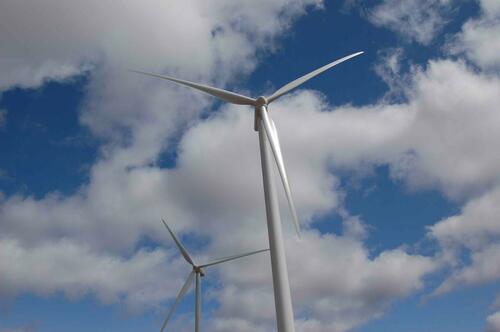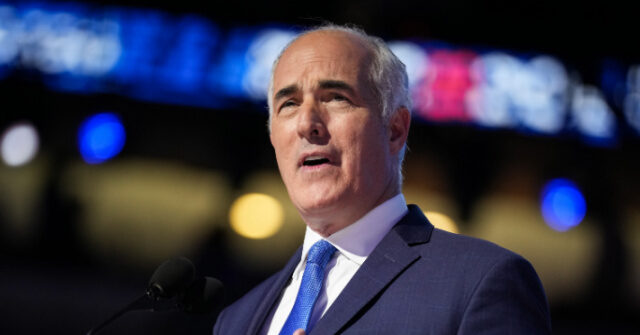000 WTNT33 KNHC 050852 TCPAT3 BULLETIN Tropical Storm Rafael Advisory Number 7 NWS National Hurricane Center Miami FL AL182024 400 AM EST Tue Nov 05 2024 ...RAFAEL STRENGTHENING WHILE IT MOVES NEAR JAMAICA... SUMMARY OF 400 AM EST...0900 UTC...INFORMATION ---------------------------------------------- LOCATION...17.0N 78.0W ABOUT 105 MI...170 KM SW OF KINGSTON JAMAICA ABOUT 265 MI...425 KM SE OF GRAND CAYMAN MAXIMUM SUSTAINED WINDS...60 MPH...95 KM/H PRESENT MOVEMENT...NW OR 325 DEGREES AT 13 MPH...20 KM/H MINIMUM CENTRAL PRESSURE...993 MB...29.33 INCHES WATCHES AND WARNINGS -------------------- CHANGES WITH THIS ADVISORY: None. SUMMARY OF WATCHES AND WARNINGS IN EFFECT: A Hurricane Warning is in effect for... * Cayman Islands * Cuban provinces of Pinar del Rio, Artemisa, La Habana, Mayabeque, Matanzas, and the Isle of Youth A Tropical Storm Warning is in effect for... * Jamaica * Cuban provinces of Villa Clara, Cienfuegos, Sancti Spiritus, and Ciego de Avila A Tropical Storm Watch is in effect for... * Cuban provinces of Camaguey and Las Tunas * Lower and Middle Florida Keys from Key West to west of the Channel 5 Bridge * Dry Tortugas A Hurricane Warning means that hurricane conditions are expected somewhere within the warning area. A warning is typically issued 36 hours before the anticipated first occurrence of tropical-storm-force winds, conditions that make outside preparations difficult or dangerous. Preparations to protect life and property should be rushed to completion. A Tropical Storm Warning means that tropical storm conditions are expected somewhere within the warning area. A Tropical Storm Watch means that tropical storm conditions are possible within the watch area, generally within 48 hours. Interests elsewhere in Cuba should closely monitor this system. For storm information specific to your area in the United States, including possible inland watches and warnings, please monitor products issued by your local National Weather Service forecast office. For storm information specific to your area outside of the United States, please monitor products issued by your national meteorological service. DISCUSSION AND OUTLOOK ---------------------- At 400 AM EST (0900 UTC), the center of Tropical Storm Rafael was located near latitude 17.0 North, longitude 78.0 West. Rafael is moving toward the northwest near 13 mph (20 km/h). A generally northwestward motion is anticipated over the next few days. On the forecast track, the storm is expected to move near Jamaica this morning, be near or over the Cayman Islands tonight, and be near or over western Cuba on Wednesday. Maximum sustained winds have increased to near 60 mph (95 km/h) with higher gusts. Steady to rapid intensification is forecast over the next 24 to 36 hours, and Rafael is forecast to become a hurricane in the northwestern Caribbean near the Cayman Islands with further strengthening before it makes landfall in Cuba. Tropical-storm-force winds extend outward up to 105 miles (165 km) from the center. The estimated minimum central pressure is 993 mb (29.33 inches). HAZARDS AFFECTING LAND ---------------------- Key messages for Tropical Storm Rafael can be found in the Tropical Cyclone Discussion under AWIPS header MIATCDAT3 and WMO header WTNT43 KNHC and on the web at hurricanes.gov/text/MIATCDAT3.shtml WIND: Hurricane conditions are expected in the Cayman Islands by this afternoon and are also expected in western Cuba and the Isle of Youth on Wednesday. Tropical storm conditions are expected in Jamaica through early this afternoon and are expected in parts of west-central Cuba, possible farther east in central Cuba, and in the lower and middle Florida Keys on Wednesday. RAINFALL: Heavy rainfall will impact areas of the Western Caribbean through early Thursday, particularly across Jamaica and the Cayman Islands into southern and western portions of Cuba where rainfall totals between 3 to 6 inches are expected. Isolated higher totals up to 10 inches are anticipated across the higher terrain in Jamaica and Cuba, which could lead to areas of flash flooding and mudslides. Heavy rainfall will spread north into Florida and adjacent areas of the Southeast United States during the middle to latter part of the week. Rainfall totals of 1 to 3 inches are expected for the Lower and Middle Florida Keys. For a complete depiction of forecast rainfall associated with Tropical Storm Rafael, please see the National Weather Service Storm Total Rainfall Graphic, available at www.nhc.noaa.gov/graphics_at3.shtml?rainqpf STORM SURGE: Minor coastal flooding is possible in Jamaica tonight. Storm surge could raise water levels by 1 to 3 feet above normal tide levels in the Cayman Islands on Tuesday, and could raise water levels by as much as 6 to 9 feet above normal tide levels in areas of onshore winds along the southern coast of Cuba in the Hurricane Warning area, including the Isle of Youth. The combination of a storm surge and the tide will cause normally dry areas near the coast to be flooded by rising waters moving inland from the shoreline. The water could reach the following heights above ground somewhere in the indicated areas if the peak surge occurs at the time of high tide... Dry Tortugas...1-3 ft Lower Florida Keys...1-2 ft TORNADOES: A few tornadoes are possible Wednesday over the Keys and southwesternmost Florida mainland. SURF: Swells generated by Rafael are expected to affect much of the western Caribbean during the next few days. These swells are likely to cause life-threatening surf and rip current conditions. Please consult products from your local weather office. NEXT ADVISORY ------------- Next intermediate advisory at 700 AM EST. Next complete advisory at 1000 AM EST. $$ Forecaster Pasch/Roberts
Originally Posted at:
NATIONAL HURRICANE CENTER and CENTRAL PACIFIC HURRICANE CENTER
At The NATIONAL OCEANIC AND ATMOSPHERIC ADMINISTRATION






